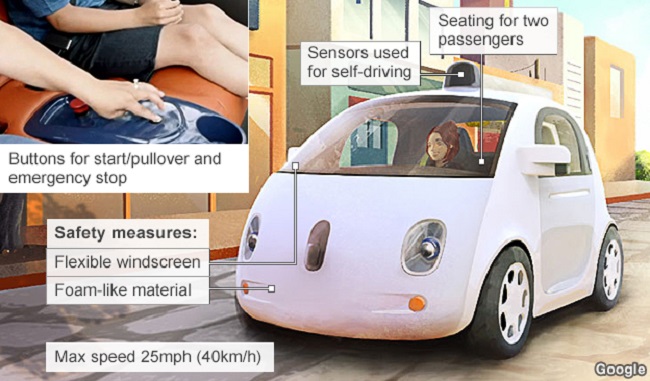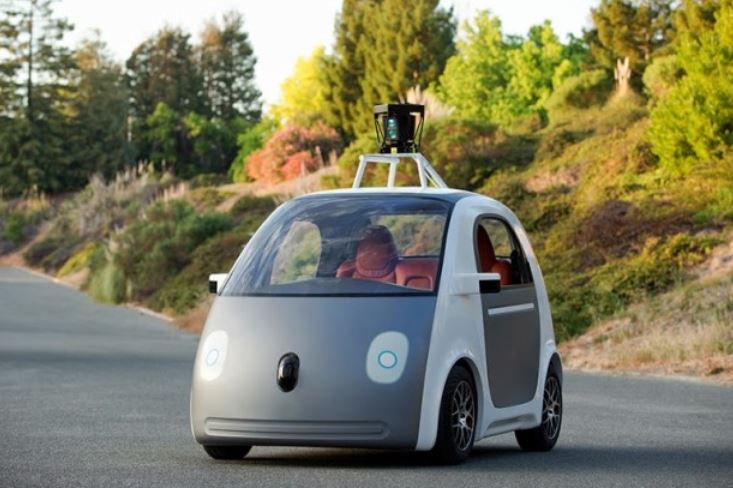
Google’s self-driving cars are far more a common sight around the company’s campus than on the streets. At the present time, they’re only legal in California, but in a few short years this will change. Fresh after announcing that the driverless cars autonomously covered 700,000 miles of public roads, Google’s Sergey Brin revealed the company will begin manufacturing its own self-driving vehicles rather modifying existing SUVs and hybrids with navigational technology.
The company is building around 100 prototypes in Detroit in order to move into the next stage of research, testing the vehicles on busy urban streets. If successful, the technology stands to revolutionize transportation, decreasing pollution and congestion or accidents caused by capricious human behavior. Ron Medford, safety director for Google’s self-driving program and former deputy director of the US National Highway Traffic Administration, believes the program will dramatically improve people’s lives, “I think it has the potential to be the most important safety technology that the auto industry has ever seen.”

Google’s car vs standard cars
Unlike the standard automobile, Google’s self-driving variant sheds the steering-wheel and pedal combo in favor of a stop/go button. Current prototypes are required by California state law to keep the combo until the technology proves safe, in case driver override is needed. The vehicle’s outward appearance is anthropomorphic and cartoon-like; it was designed to appear as nonthreatening as possible to will hasten public acceptance of the vehicles.
To enhance pedestrian safety, the front end of the automobile is a single solid panel of foam-like material, rather than a fender and grill. Similarly, the windshield itself was also designed with safety in mind, forgoing glass in favor of flexible plastic. Other distinguishing features of Google’s self-driving vehicle include its limit to two passengers, an electric engine for propulsion, and an initial speed limit cap of 25 mph (40 km/h).
Downsides to auto-driving
Researchers such as Sven Beiker, the executive director for the Center for Automotive Research at Stanford University, caution that self-driving cars may still require human input under extreme circumstances, and a distracted human that’s suddenly forced to react may worsen the situation. Other researchers warn that reliance on self-driving cars may actually increase traffic and congestion as people begin accepting longer commutes because they don’t have to drive anymore.
Perhaps the most grievous threat is that computer-operated vehicles will be vulnerable to hacking; regardless of the security system, hackers always find a way in. Couple this with a lack of manual override and riders inside hijacked vehicles will be utterly helpless.
Via BBC
Advertisement





